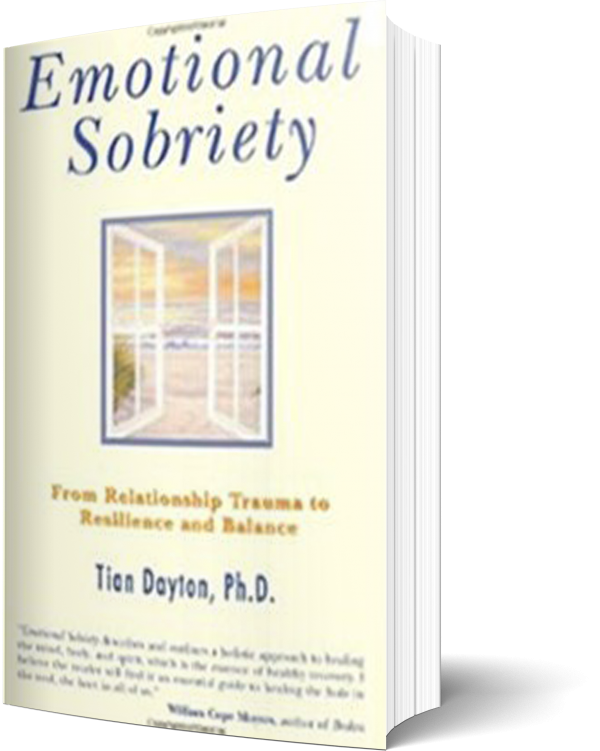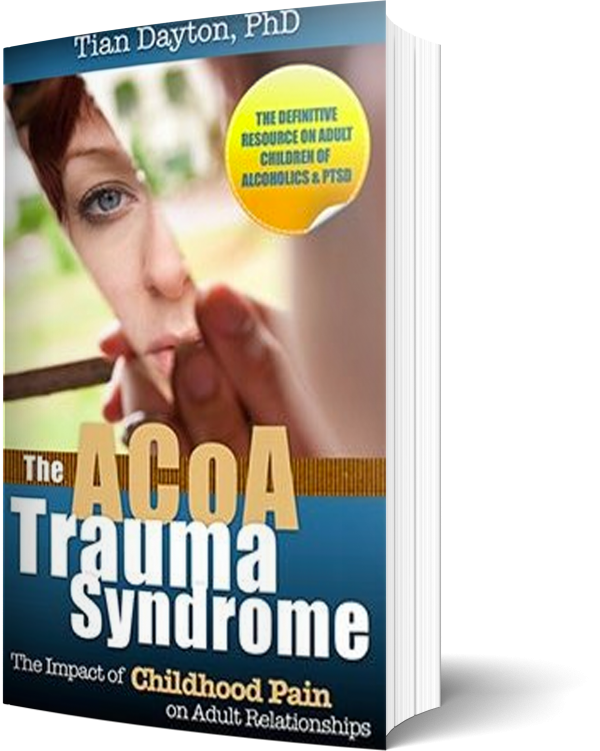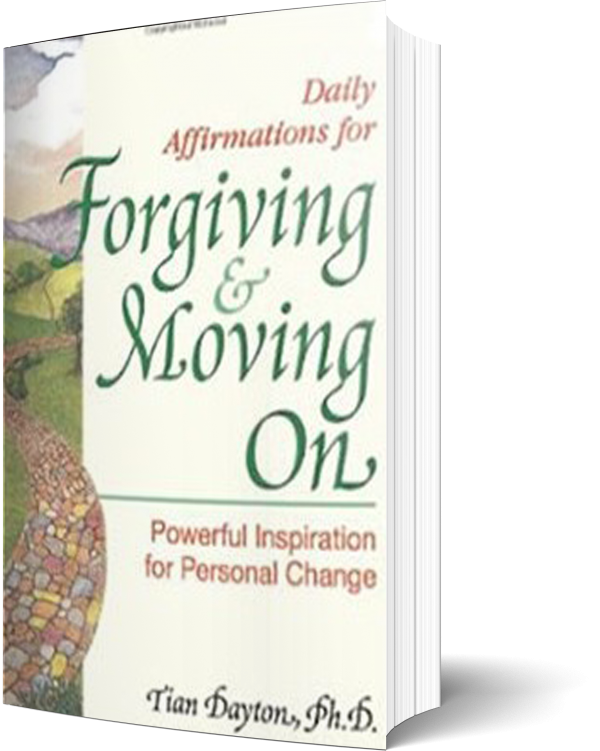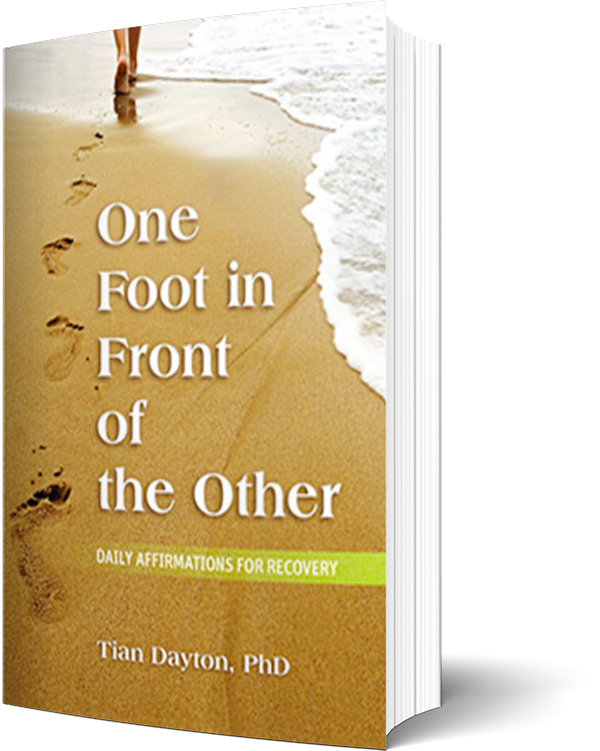PTSD is a much-talked-about-syndrome these days. Soldiers who experience battle muster psychological defenses to get through. However, when they return home the pain that they couldn’t allow themselves to feel then comes crashing in on them weeks, months or even years after the fact. The pain gets triggered by some cue, a smell that is reminiscent of their location abroad, sounds, or visual cues can trigger an extreme reaction that makes them feel like they are exploding inside. The combination of feeling trapped, terrified and at risk is part of what contributes to the PTSD syndrome.
Children too can become traumatized by being trapped in a world that is frightening them. Stuck in homes where they feel scared and threatened, they too can be overwhelmed with emotions that are too scary or painful for them to feel, hurt that’s being caused by the very people who are supposed to be protecting them.
Picture the child in the alcoholic home. There is a fundamental power imbalance. The child is small, the parent is big. The parent is the one who holds they keys to the house, the car, the refrigerator and the bank account. And everyone knows this. The parent has the authority. When the parent is the one who is causing the stress, it’s a double whammy for the child. Not only is the child scared and hurt, but the person they would normally go to for comfort and solace is the one who is scaring and hurting them. They are disempowered by the very nature of their youth and dependency.
Some of the factors that sear trauma in place and make it more likely that a child of addiction (or family dysfunction) will develop PTSD are:
• Whether or not escape is possible, can the kids get away from stressful, painful family situations?
• Whether or not there is a power imbalance e.g. BIG parents… small kids.
• Did the child have access to outside support? Were there caring, concerned adults who could provide “safe haven” or a place the child could feel, if only momentarily out of harm’s way? A place that could provide a “reality check” or model a different way of being in a family?
• The length of time that the child spends in a numbed out, emotionally frozen or dissociated state. (The effects of trauma in the home tends to be cumulative, occurring incrementally and over a significant period of time.)
• The developmental level of the child, how old were they when trauma in the home occurred and what age related capacities did they have to make sense of confusing, painful or frightening experiences?
• Whether or not it’s the parents, who they would normally go to for comfort and reassurance who are causing the stress.
The combination of these factors contribute to childhood trauma having long impact. Years after the child has left home and become an adult, they may carry anxieties about themselves and relationships that they do not fully understand. This is what being a child of addiction is all about. Even loud voices, a raised eyebrow, flashing eyes or a change in mood can send the ACoA sailing back into a place inside of them where they feel anxious and threatened all over again. Because these children got hurt in relationships, it’s relationships later in life that tend to trigger them. But because of the psychological defenses they used as kids, they don’t make the connection. In other words, they don’t know that they don’t know, they really and sincerely think that the source of their pain is outside of them, if only they could fix that person who is bothering them, they would feel fine.
How Trauma Memories Get Locked Down
Our natural response when experiencing frightening or overwhelming situations is to self protect. We do this by running away, retaliating in some way or, when neither are possible, by shutting down, by becoming “invisible.” As children or adults these defensive strategies can result in our warding off or hiding from the very pain we need to face in order to remain aware of what is happening around us. If, when a frightening situation like being yelled at by a drunk parent occurs, we process it with someone who cares, make intellectual sense of it, we can return to normal or even learn a little something and be more resilient when problems come again. We get better at handling or avoiding them. But when this doesn’t happen, as is so often the case with stress and trauma in the home that is being caused by parents erratic or irresponsible behavior, that pain goes underground, it sinks down inside forming a little pool of unprocessed emotion that sits in our inner world. But out of sight is not out of mind. Unprocessed pain does not disappear, it lays dormant waiting for some similar memory cue to return it to the surface waiting, in other words, to be remembered. It is this kind of old pain that we’re not even aware is from childhood that gets triggered by and projected into our adult relationships.
But this sort of beginning need not be a life sentence, no one needs to feel alone or crazy because their past pain is leaking into their present. Twelve-step programs like alanon, CODA and ACOA meetings are filled to the brim with people “who know because they’ve been there” and will quietly nod their heads in recognition and identification. They are essentially free and by their tradition are not connected with any sort of commercial enterprise. The support, understanding and sense of community “in the rooms” can provide hope, healing and a renewed sense of life.
—-
For more information on mental health support for veterans, visit http://www.mentalhealth.va.gov/
Need help with substance abuse or mental health issues? In the U.S., call 800-662-HELP (4357) for the SAMHSA National Helpline.





